Addressing the Impact of AI on the US Workforce: A Call to Action
MAR 14, 2024

Photo by Gerard Siderius on Unsplash
Marketing House dives into the ways the American workforce is being impacted by artificial intelligence. Current applications of AI in the workplace address workers' concerns and anticipated impacts.
As artificial intelligence (AI) continues its pervasive integration into various sectors of the American economy, discussions around its implications for the future of work have gained momentum. However, amidst this dialogue, the current reality remains stark: AI has already left its mark on millions of workers across the nation, often with adverse consequences.
Instances abound where AI-driven technologies have led to the displacement of workers without any human intervention, triggering concerns over job security and livelihoods. From automated systems dictating bathroom breaks to intrusive surveillance mechanisms monitoring every keystroke, the encroachment of AI in the workplace has sparked apprehension among employees.
The projections are equally concerning, with estimations suggesting that AI could automate a significant portion of current job tasks, potentially displacing millions of American workers by 2030. While C-suite executives are eager to capitalize on the efficiency gains promised by AI, the workforce, encompassing both white-collar and blue-collar workers, grapples with fears of heightened stress, surveillance, and layoffs.
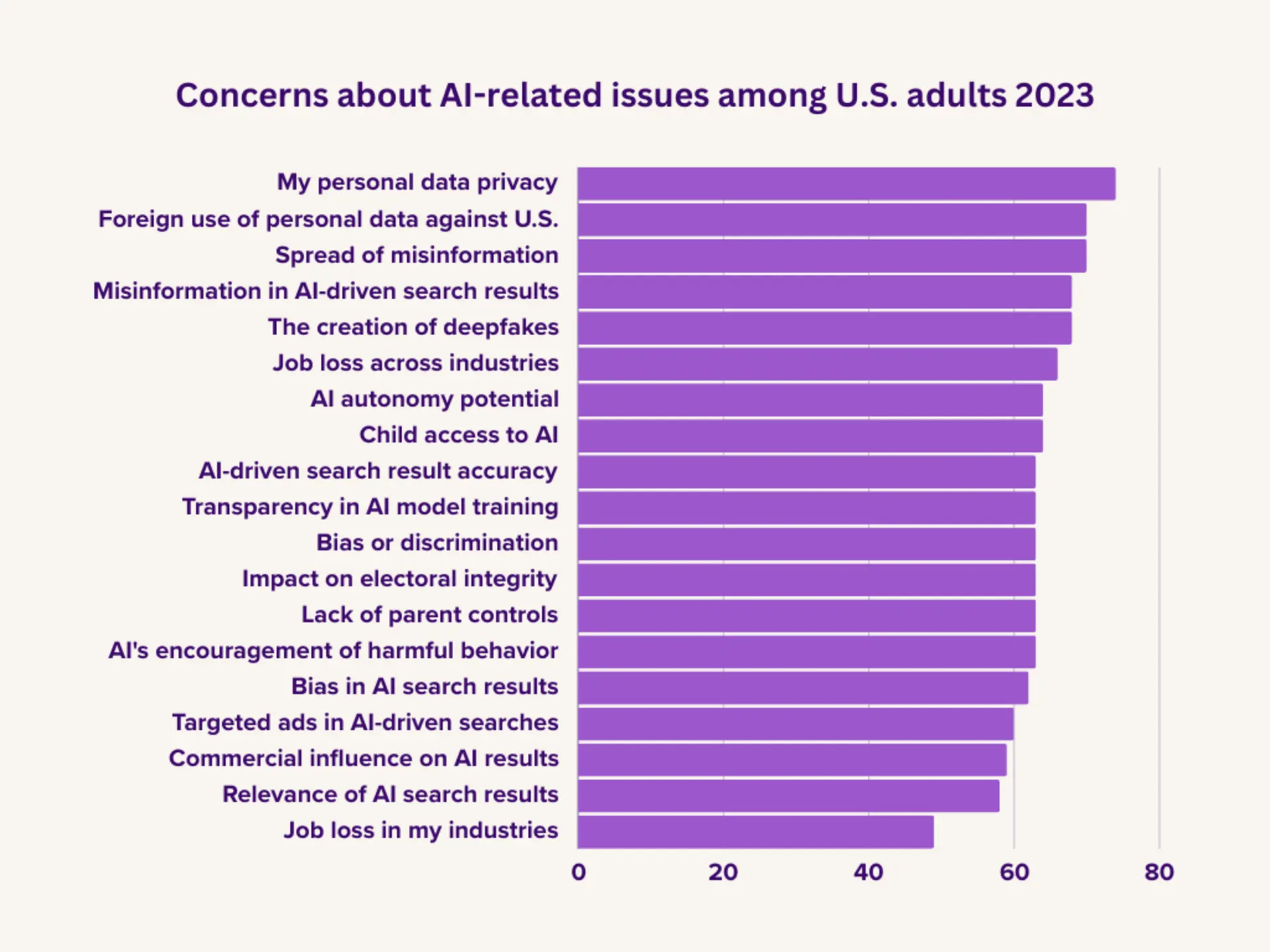
In February 2023, a study revealed that in the United States, 74% of adults concerned about artificial intelligence (AI) are worried about the privacy of their data, while 66% fear job loss across industries and 64% express concern about the possibility of AI applications learning to function independently from humans. Additionally, 49% are worried about job loss specifically within their industries.
In contrast to the top-down approach prevalent in the United States, countries like Germany have adopted a more collaborative model, where workers have a voice in shaping the implementation of AI. The involvement of works councils and strong unions has facilitated smoother transitions, with a focus on augmenting worker productivity rather than replacing them outright.
Efforts to mitigate the negative ramifications of AI on the workforce necessitate a multi-faceted approach involving government intervention, labor advocacy, and corporate responsibility. Government mandates and oversight mechanisms to ensure transparency in the use of AI can protect employees from potential harm.
Labor unions play a pivotal role in educating workers about the implications of AI while advocating for their rights and protections. Emphasizing the importance of training initiatives and equitable distribution of AI-generated benefits can foster a more inclusive approach to technology adoption.
Businesses, recognizing both the advantages and concerns surrounding AI, must engage in constructive dialogue with employees to address apprehensions and explore collaborative solutions. By involving workers in decision-making processes and optimizing AI to complement existing workflows, companies can cultivate a culture of trust and innovation.
President Biden's proposed panel, comprising government, labor, and business sector representatives, holds promise in charting a collective path forward. Drawing parallels to historical models of collaboration during times of national exigency, this initiative aims to harness the potential of AI while mitigating its adverse effects on the workforce.
As the inexorable march of AI reshapes the American workplace, proactive measures are imperative to ensure that its benefits are equitably distributed and its pitfalls mitigated. By fostering collaboration and inclusivity, we can navigate the transformative power of AI toward a future where prosperity and equity intersect in the realm of work.
!-->BLOGS

Understanding Your Audience: How Consumer Insights Drive Successful Marketing Strategies
APR 15, 2024
In today's fiercely competitive marketing landscape, Marketing House underscores the paramount significance of deeply comprehending your target audience.
View More
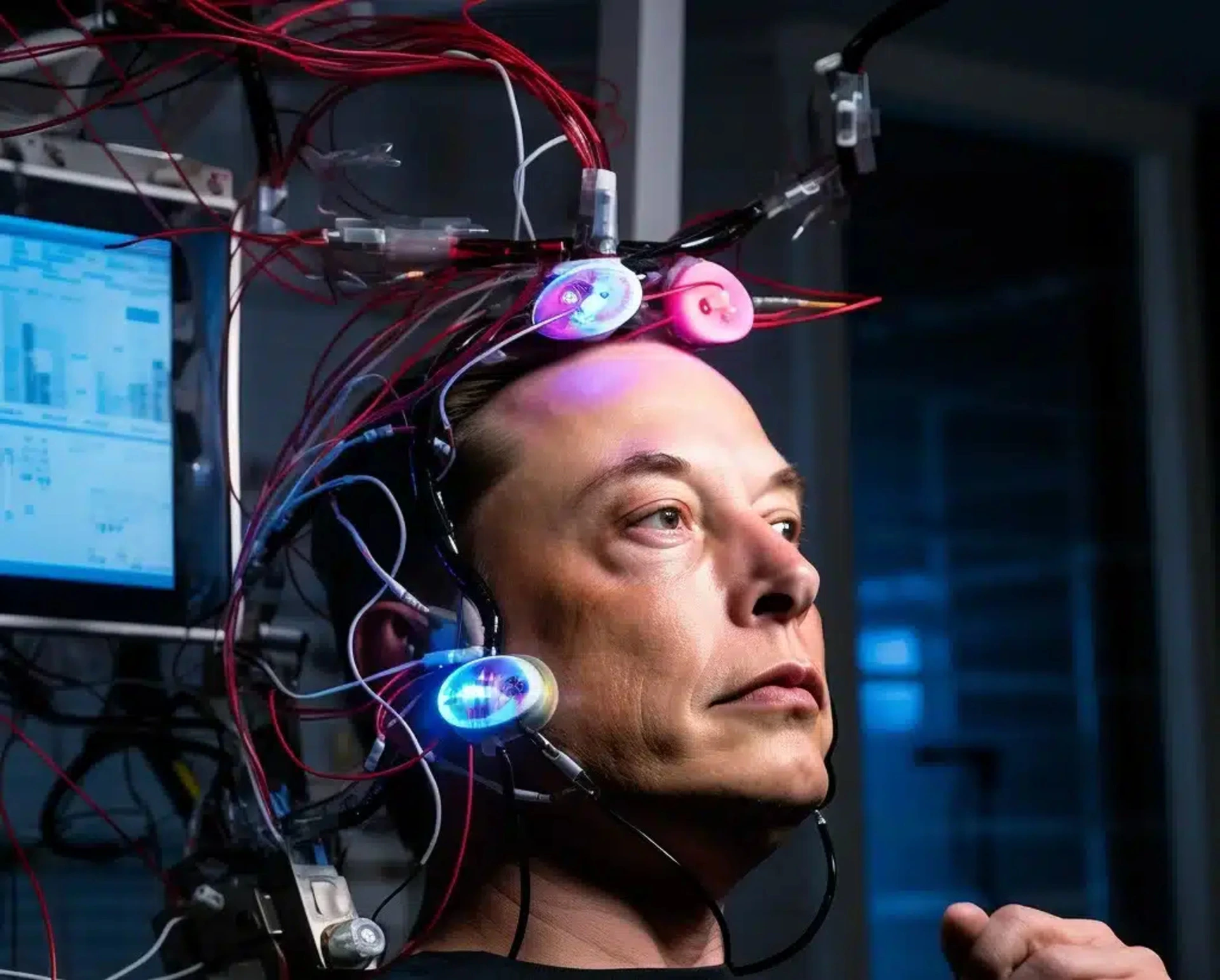
Neuralink's Breakthrough Brain-Chip Interface Redefines Human Potential
APR 01, 2024
Marketing House highlights that Elon Musk's groundbreaking venture, Neuralink, has reached a significant milestone in neurotechnology. Recently, the company showcased a remarkable demonstration where a paralyzed individual, Noland Arbaugh, played online chess using only the power of his thoughts.
View More

Addressing the Impact of AI on the US Workforce: A Call to Action
MAR 14, 2024
Marketing House dives into the ways the American workforce is being impacted by artificial intelligence. Current applications of AI in the workplace address workers' concerns and anticipated impacts.
View More
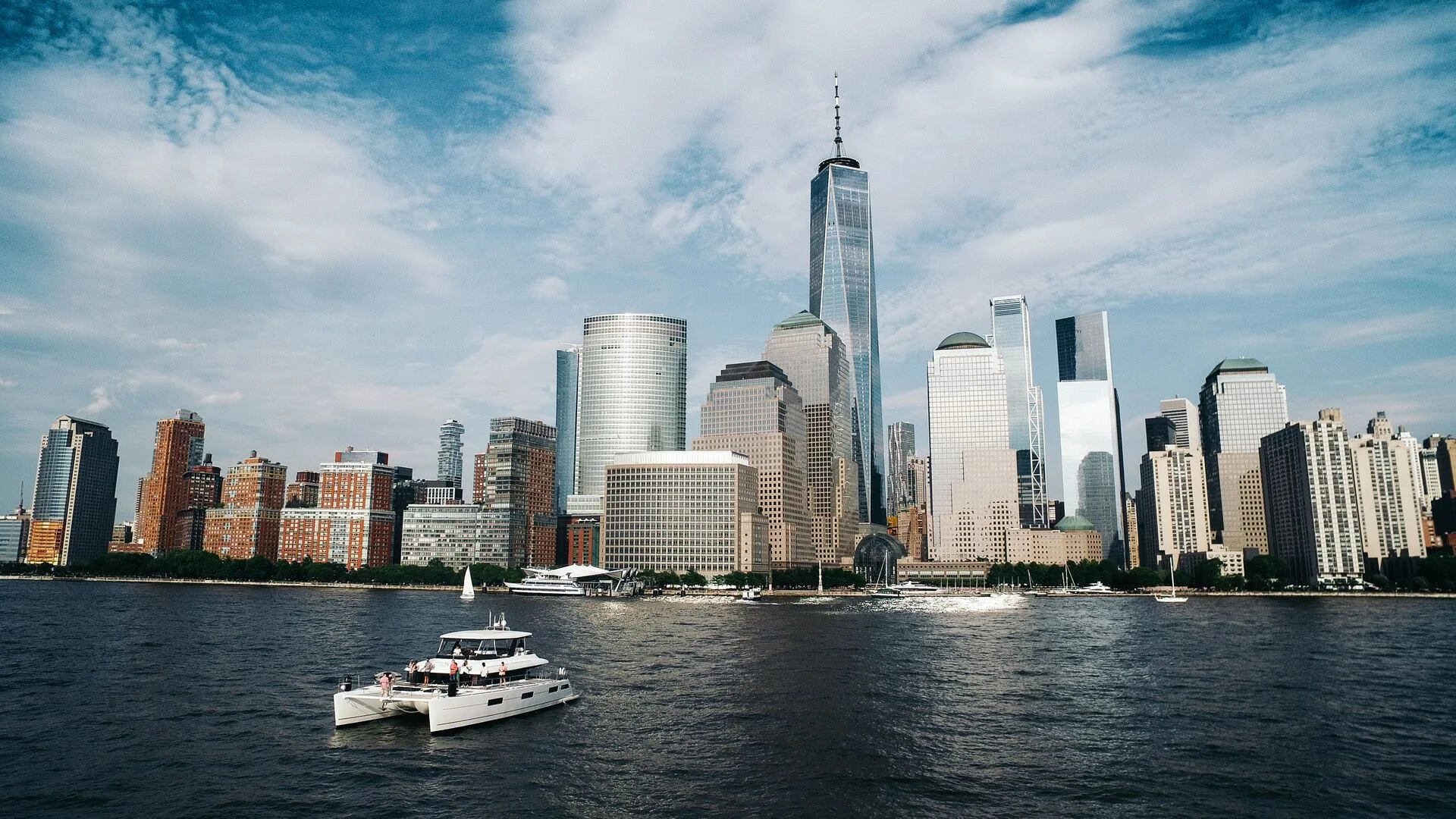
Navigating the Tech Frontier: 2023 New York Global Innovation Summit
DEC 19, 2023
Marketing House sheds light on the 2023 New York Global Innovation Summit, a sign of visionary leadership, which took place on December 12 with a series of thought-provoking sessions led by leading industry figures.
View More

Shein and Forever 21 Announce Strategic Collaboration to Expand Market Reach
NOV 02, 2023
Marketing House is excited to unveil a pivotal development in the fast fashion industry. Shein, recognized as the global leader in fast fashion, has taken a strategic and innovative step to strengthen its market position while addressing critical concerns in the United States by forming a strategic alliance with its primary rival, Forever 21.
View More

Domino's Introduces "Emergency Pizza" Program, Offering Free Pizzas in Times of Need
OCT 27, 2023
Marketing House introduces Domino's latest initiative, the "Domino's Emergency Pizza" program, designed to provide customers with a free pizza when they need it most, by the world's largest pizza company, Domino's, and evaluates the marketing campaign step by step.
View More

Disney Celebrates Its 100th Anniversary: A Century of Magic and Marketing Success
OCT 20, 2023
Marketing House is proud to cast a spotlight on Disney's remarkable marketing journey as the beloved brand joyfully celebrates its 100th year. This significant milestone signifies not only a century of enchanting storytelling but also serves as a tribute to the exceptional marketing campaigns that have consistently set new standards in the industry.
View More
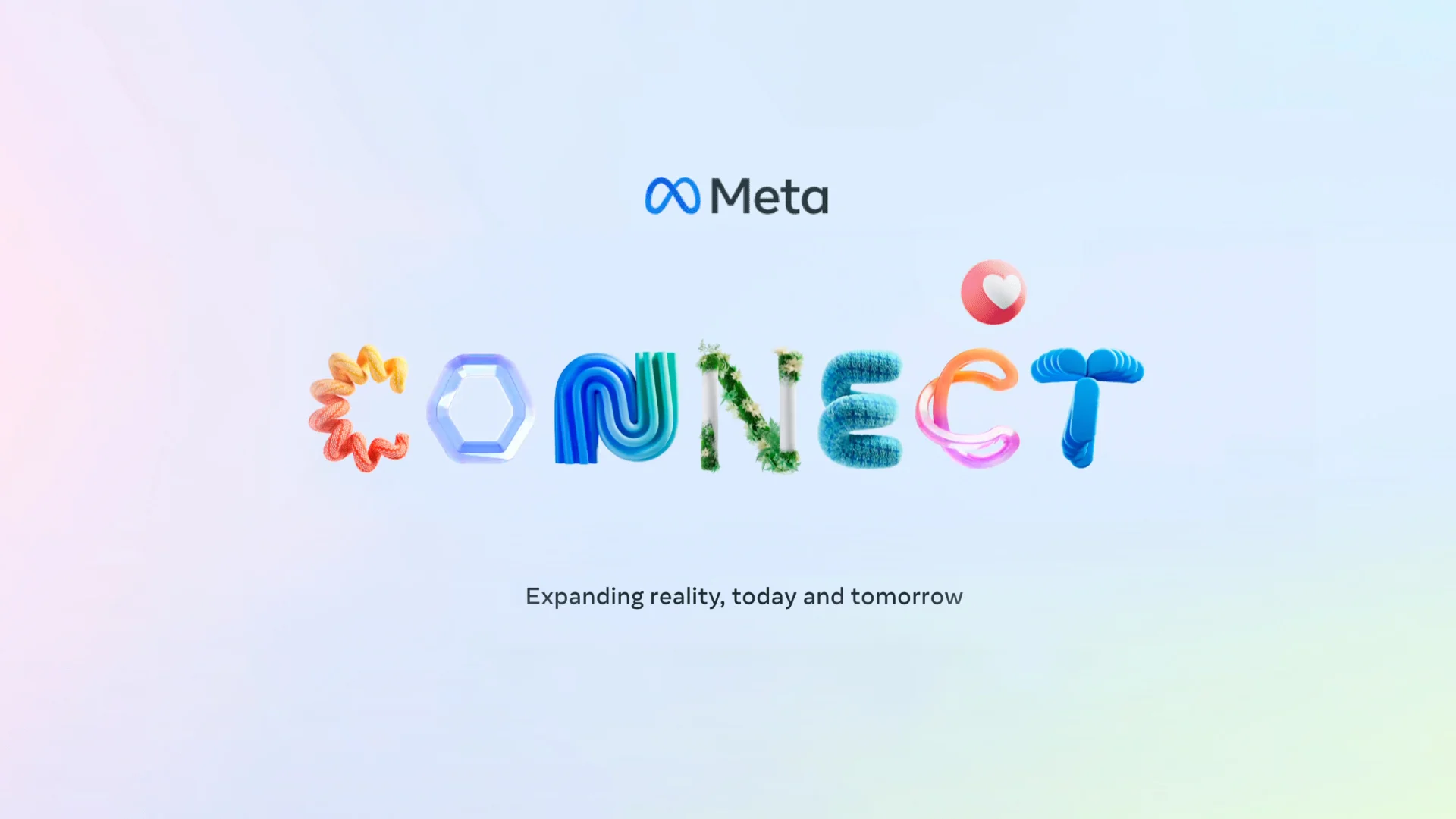
Connect 2023: Meta's Exciting AI Developments
OCT 11, 2023
Marketing House sheds light on Meta's unveiling of an extraordinary array of AI-driven features and collaborative initiatives at its Connect 2023 conference. Building upon its partnership with Microsoft Bing, Meta is revolutionizing the user experience across its family of apps and devices.
View More
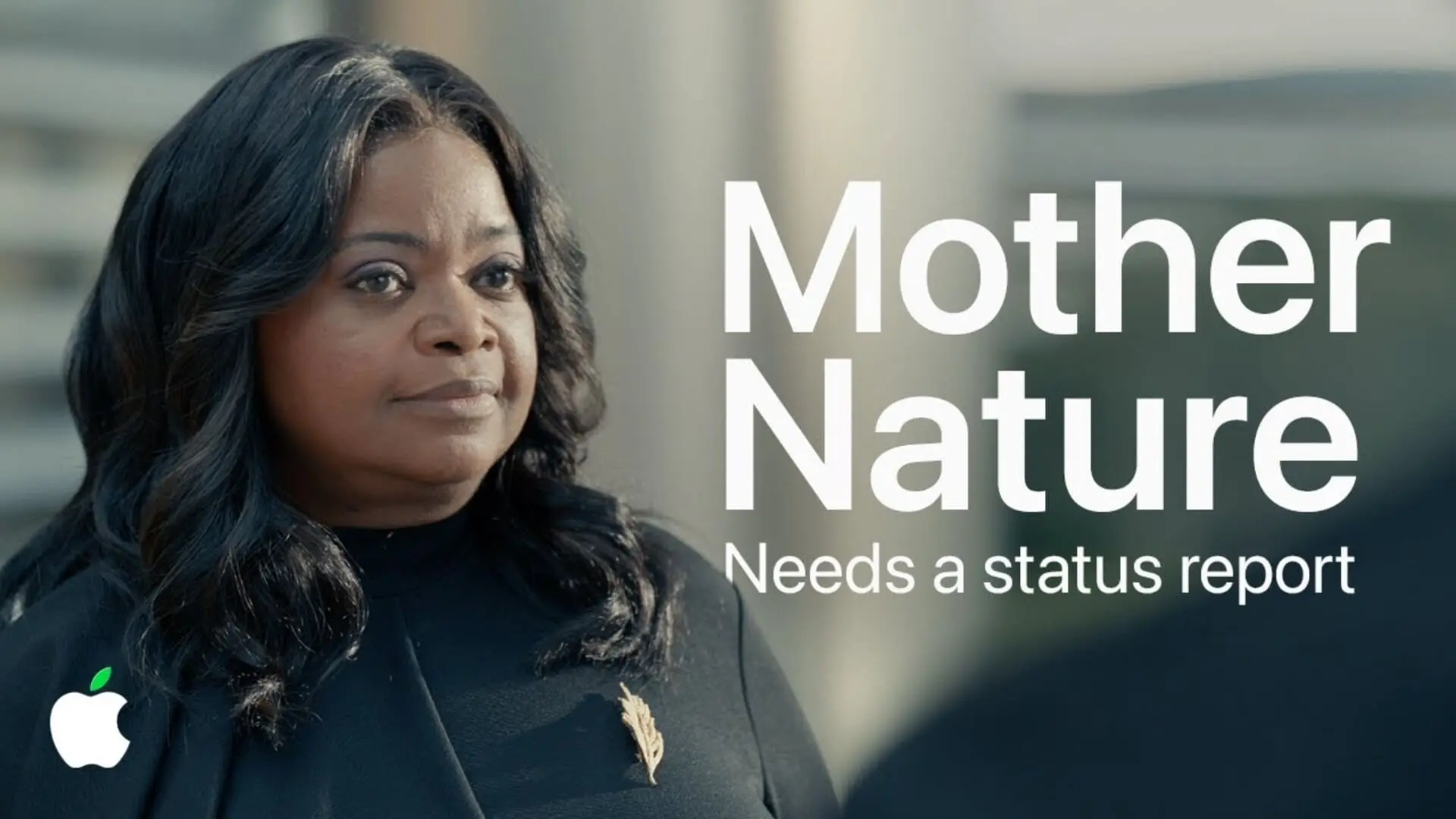
Apple's "Mother Nature Status Report" Revolutionizes Sustainability Reporting
OCT 04, 2023
In an era where traditional sustainability reports often go unnoticed, Marketing House is sharing how Apple's "Mother Nature Status Report" video sets a new standard in sustainability reporting, breaking norms by bringing transparency and engagement to the forefront.
View More
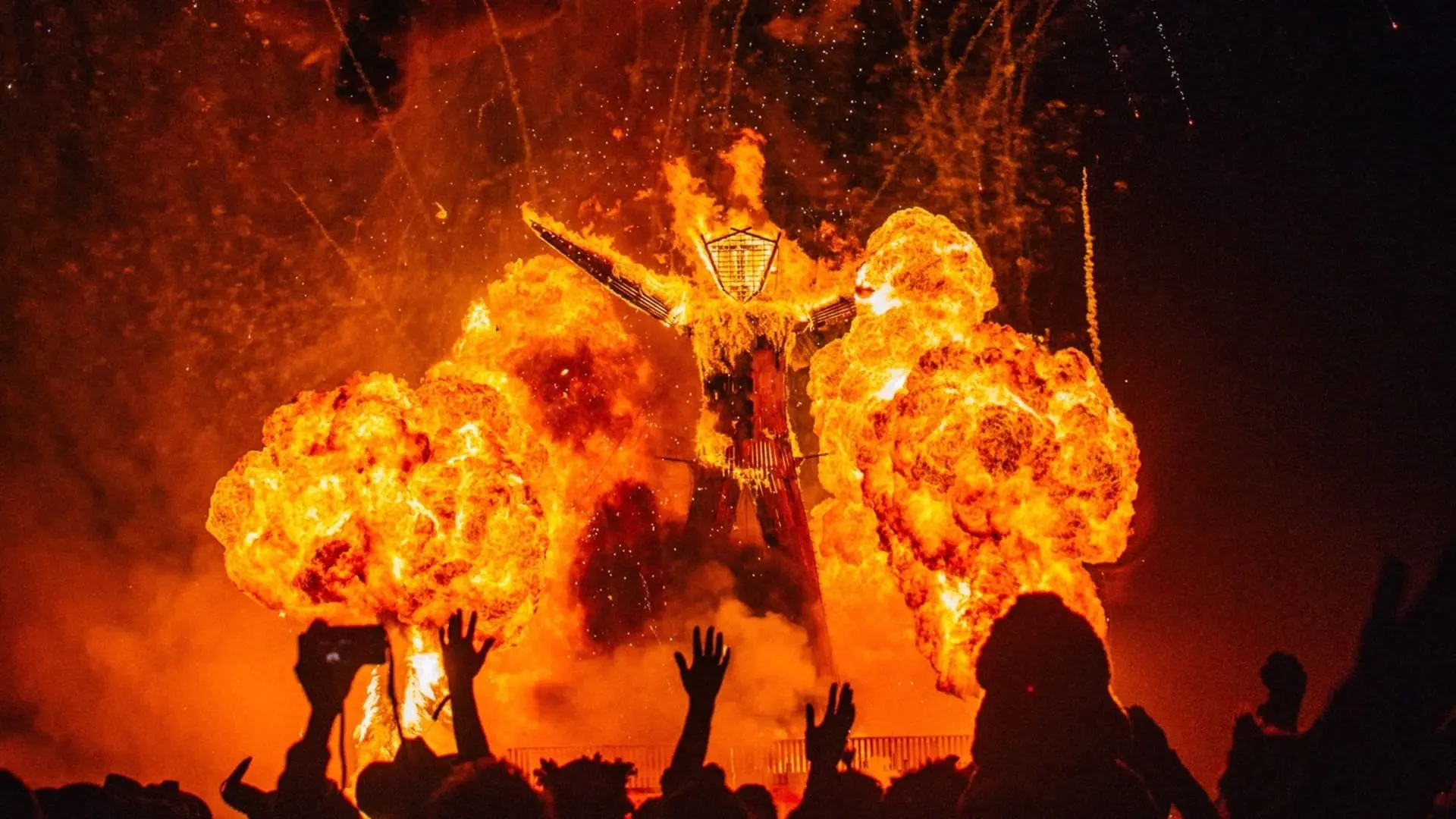
Burning Man: From Anti-Brand Movement to a Big Brand
SEP 27, 2023
Marketing House explores how Burning Man, which began as an "anti-brand" event, managed to become such a massive brand and delves into how brands surreptitiously infiltrated the event.
View More

Coca-Cola Y3000: A Marketing Revolution Fueled by AI Innovation
SEP 20, 2023
Marketing House closely monitors Coca-Cola's innovative marketing campaign as Coca-Cola Y3000, a limited edition AI-created beverage, is introduced, transforming the soft drink industry with the message: 'Experience the Future of Flavor.'
View More

From Stage to Screen: Taylor Swift's Epic 'Eras Tour' Concert Film Debuts
SEP 15, 2023
Marketing House proudly recognizes the highly anticipated release of Taylor Swift's "Eras Tour" concert film in theaters on October 13, 2023, marking a strategic move that catapults Taylor Swift to new heights of marketing success and global recognition.
View More

TikTok Introduces Game-Changing Search Ads Toggle for Marketers
SEP 08, 2023
Marketing House welcomes you to the era of TikTok Search Ads Toggle, revolutionizing brand connections with younger audiences in social media advertising.
View More

Pepsi Marks a Remarkable 125 Years with a Spectacular 125-Day Celebration
AUG 31, 2023
Marketing House New York has released a news statement highlighting Pepsi's momentous plans for commemorating its 125th anniversary.
View More
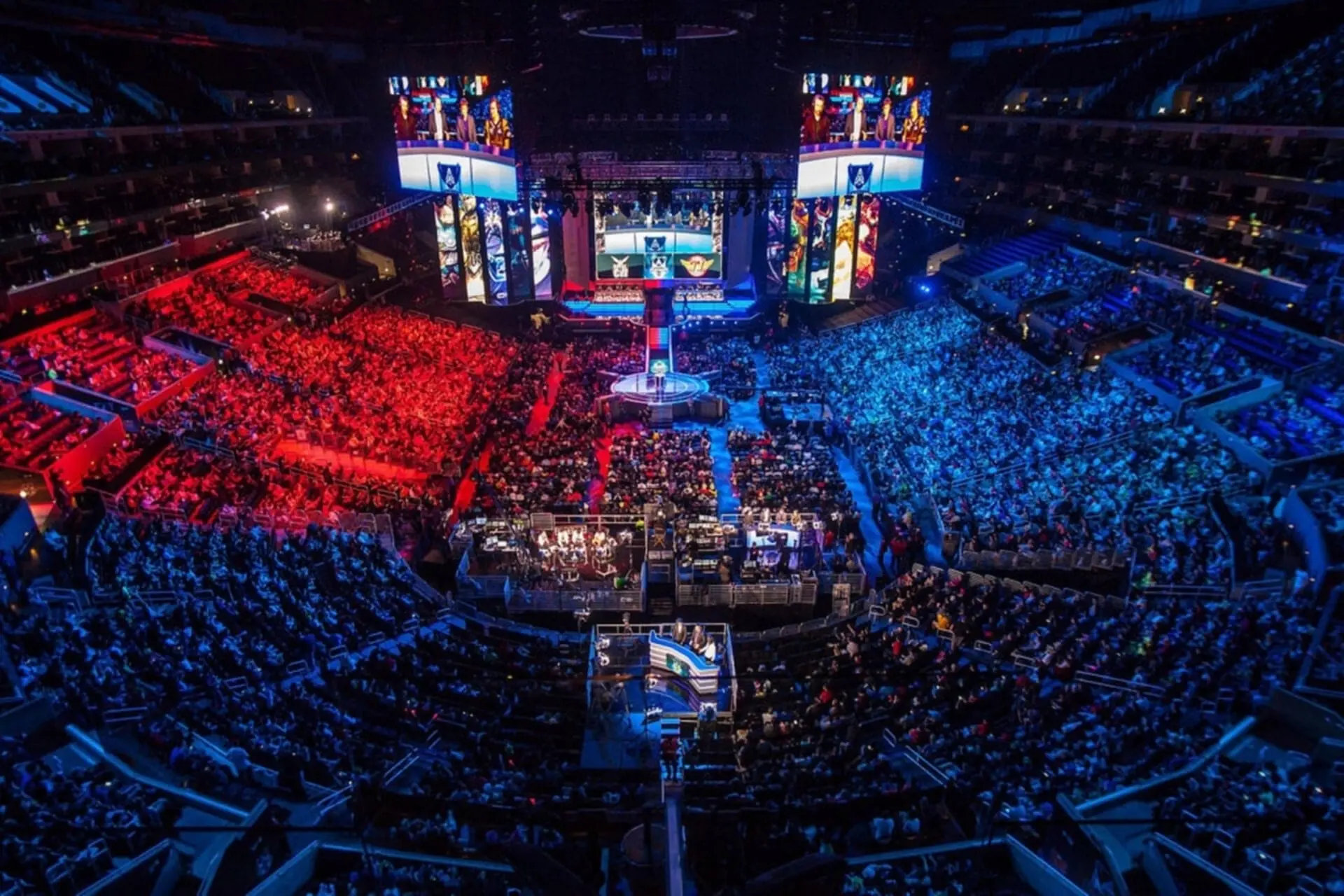
The Esports Olympics Debate: Bridging the Gap Between Pixels and Podiums
AUG 22, 2023
Marketing House New York tackled one of the most intriguing and controversial topics in modern sports. "Should esports be included in the Olympics?" brought a fresh perspective to the debate.
View More

Jell-O's Vibrant Brand Revamp: A Colorful Look for a New Generation
AUG 15, 2023
Marketing House presents an analysis report about brands' digital transformation, the mistakes the brands tend to commit during the transformation process, and what should be provided during the digital transformation according to Marketing House experts.
View More

The New Revolution of the Fast Food Industry: Artificial Intelligence
AUG 08, 2023
Marketing House New York conducted research on artificial intelligence tools used in restaurants in the USA and analyzed their usage among various brands in the industry. This research aims to foresee the potential impact of AI implementation on the restaurant industry in the future.
View More

Barbie's Trailblazing Global Marketing Story
AUG 01, 2023
Marketing House New York focused on how the Barbie craze has influenced the whole world, what is missing in the marketing efforts, and what can be done to eliminate the gender perception and conduct a more effective marketing effort.
View More

Tourism & Destination Marketing
JUL 25, 2023
Marketing House New York is delighted to present a press release showcasing various tourist exploring destinations worldwide, tourist numbers, the most preferred regions, per capita tourist revenue, the countries that attracted the highest number of tourists in 2022, and the emerging popular destinations in today's world.
View More
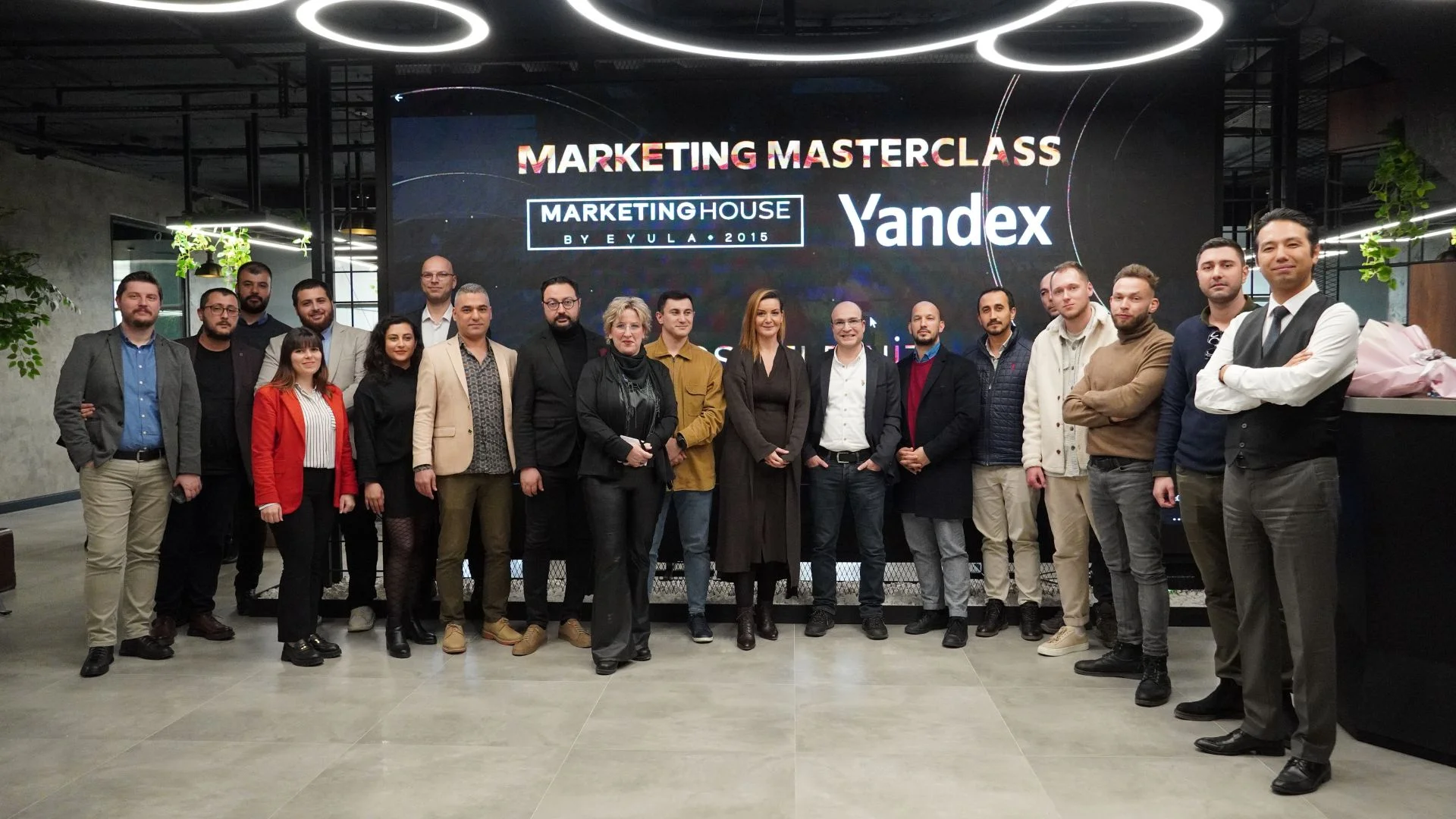
YANDEX MASTERCLASS
MASTERCLASS SERIES - FEB 03, 2023
We delivered comprehensive insights to our guests, highlighting Yandex's diverse product range, with a special focus on Yandex Direct.
View More
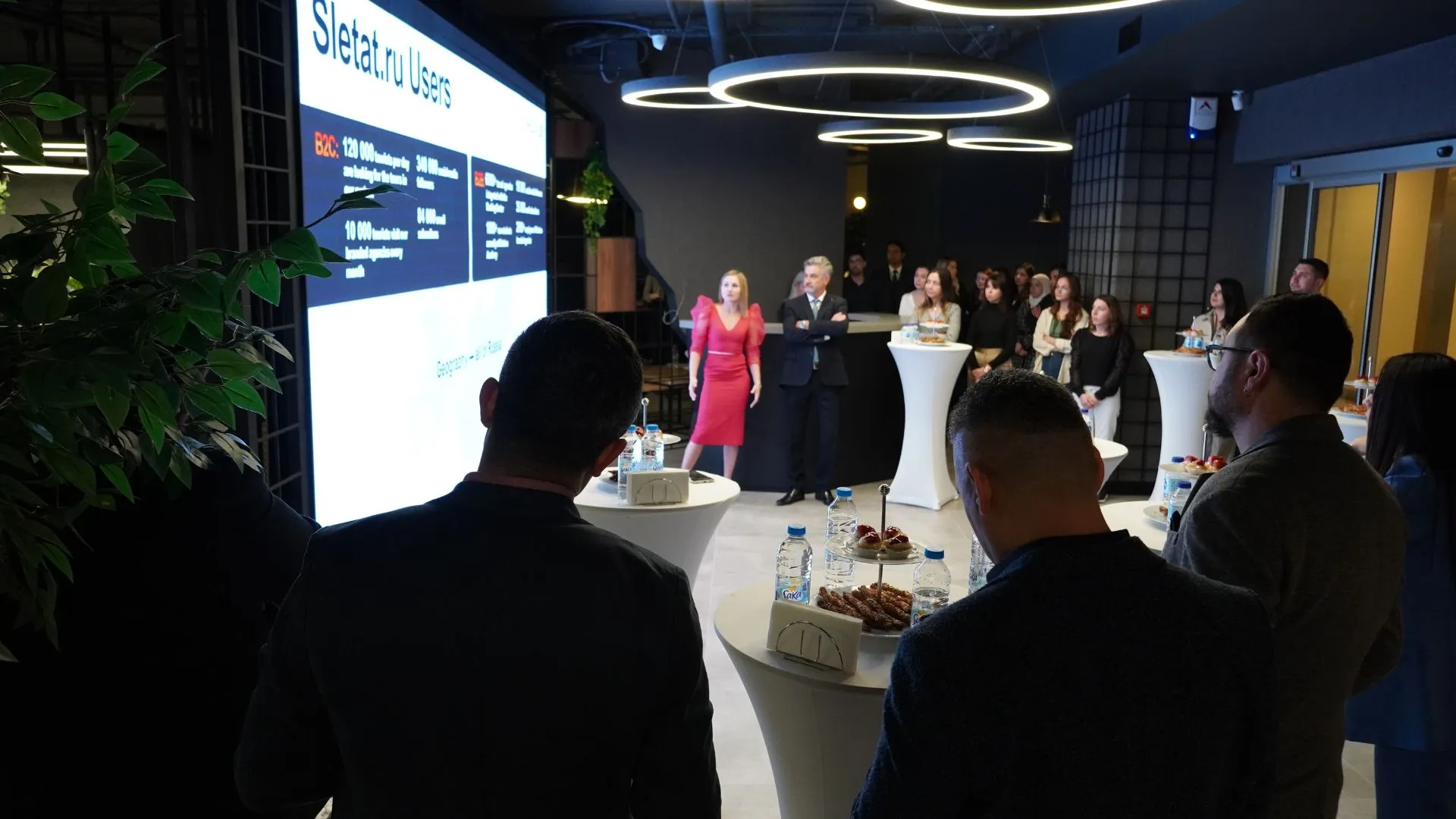
SLETAT MARKETING DAY
MASTERCLASS SERIES - APR 01, 2023
A deep dive into innovative marketing strategies and opportunities for tourism industry in partnership with Sletat.ru
View More
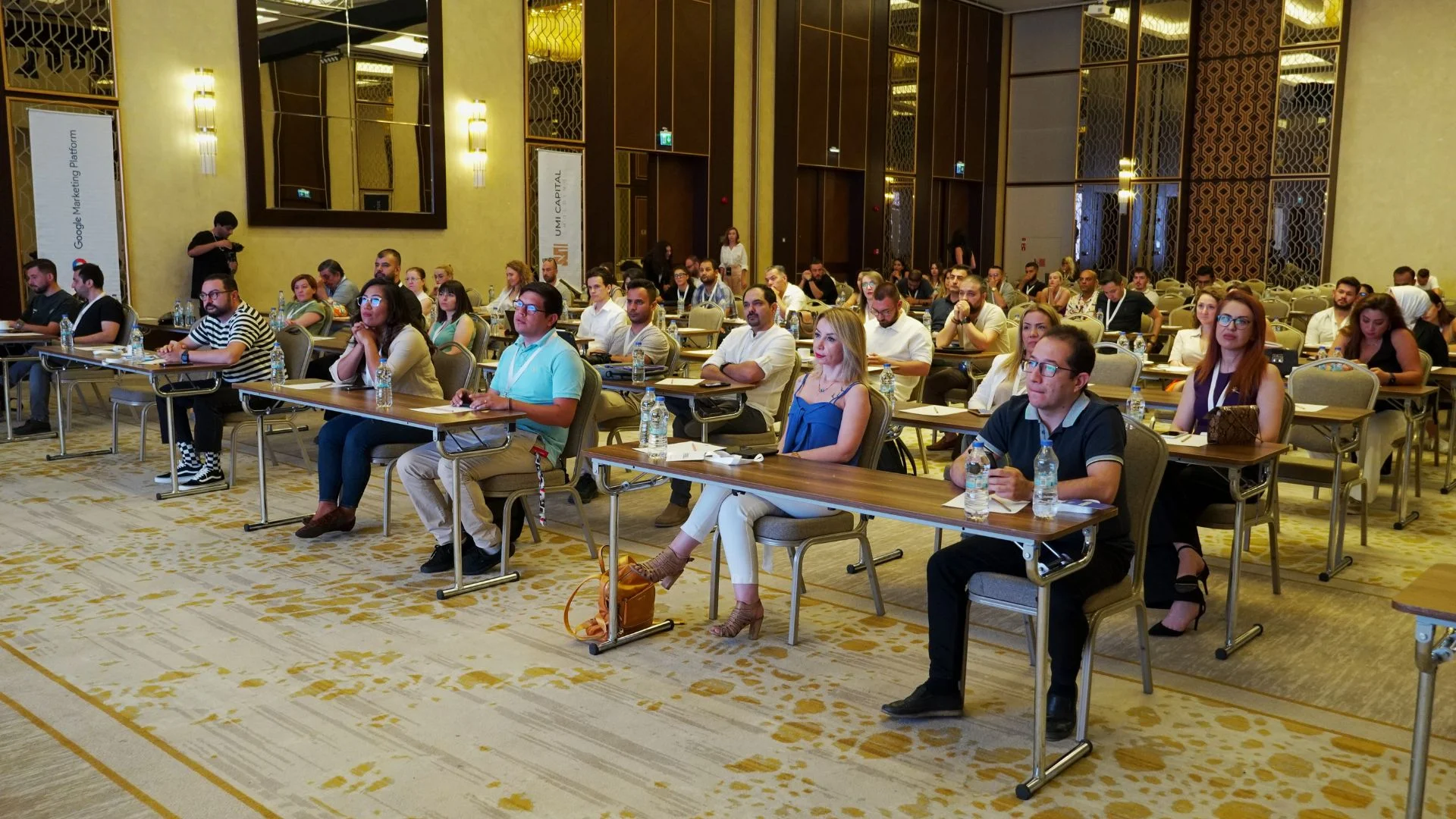
GOOGLE MARKETING PLATFORM DAY
GOOGLE MARKETING PLATFORM DAY - APR 01, 2023
Making its debut in Antalya, Turkey, the inaugural Google Marketing Platform Days event was brought to life through the backing of Umi Capital Holding and Selectum Hotels.
View More
